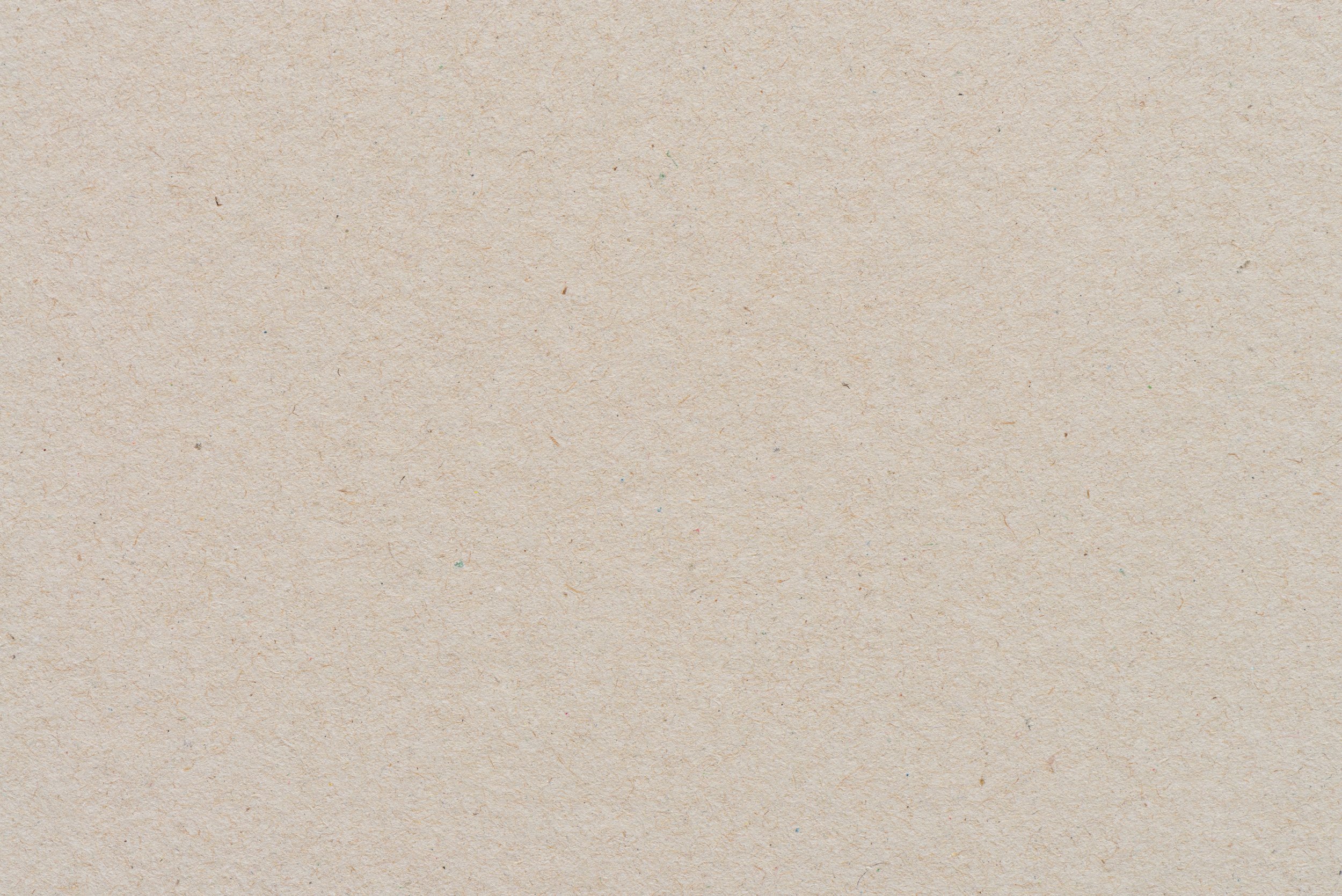
Birds Build Nests
LESSON 4
Children explore bird nests and participate in a nature walk where they collect materials to make their own nest.
The book “Bird Builds a Nest” by Martin Jenkins or “Mama Built a Little Nest” by Jennifer Ward.
Bag or box to collect items from the nature walk.
Optional base for creating the bird nest (highly recommend).
A computer, tablet, or phone to watch a video of a bird building a nest.
Materials
Familiarize yourself with the story beforehand.
Gather materials for the bird nest activity.
Preparations
Promote language comprehension by asking and answering questions about the story.
Encourage curiosity as children learn about bird nests and how they are made.
Assist children as they piece together objects to make a bird nest.
Objectives for Teachers
Children engage in a discussion about bird nests and how they are made.
Children explore objects in nature that can be used to make a bird nest.
Children practice fine motor skills as they intertwine, and piece together natural materials found for their bird nest.
Objectives for Children

Collect and Connect
Come up with actions to the poem “Once I Saw a Little Bird,” and practice saying it together.
Once I Saw a Little Bird
Once I saw a little bird,
Come hop, hop, hop.
And I cried, “little bird,
Will you stop, stop, stop.”
I was going to the window,
To say, “How do you do?”
When he shook his tail,
And away he flew.

Activity Flow
Reflect on previous activity about what birds eat. If you've set up bird seed feeders nearby, check to see if any birds have started using them. It may take a few weeks for birds to discover the feeders, but once they do, they'll keep returning! Consider replacing or refilling them regularly to help our feathered friends.
Introduce the book by asking your child why they think birds build nests. Then read the story “Bird Builds a Nest,” or “Mama Built a Little Nest.” You can also reference the book “Nature Anatomy,” for illustrations of a variety of nests. Follow up with some comprehension questions like:
What materials did Bird use to make her nest?
Why is the bird making a nest?
What things do you think would be helpful for a bird nest?
What would not make a good nest?
3. Guide the children to understand that nests are usually structures birds construct temporarily to lay eggs and raise their babies. However, birds don't actually live in nests for an extended period.
4. Utilize technology to watch a video of a bird building a nest or of a nest dissection to observe what materials birds use to build nests. Encourage children to make observations and ask questions about the process.
5. Inform children that they will be going on a nature walk to collect materials to build their own bird nest. Have a discussion about what kinds of materials they can collect, and which ones would be best left alone. Bring a basket or a box to store their findings.
6. After returning home, assist children in assembling their materials to construct a nest. If a base was purchased, incorporate the collected items around the base.
Extension Activity:
Craft a bird nesting rack and store any extra materials inside it. Be sure to check online for materials that are safe and unsafe to add. Place it in an outdoor spot where birds can access and use the items for building nests. Monitor the nesting rack's activity over the next few weeks.



